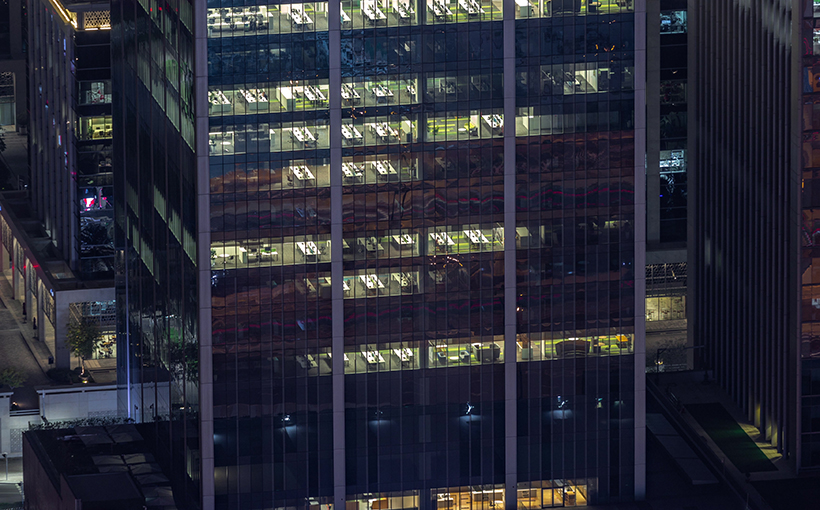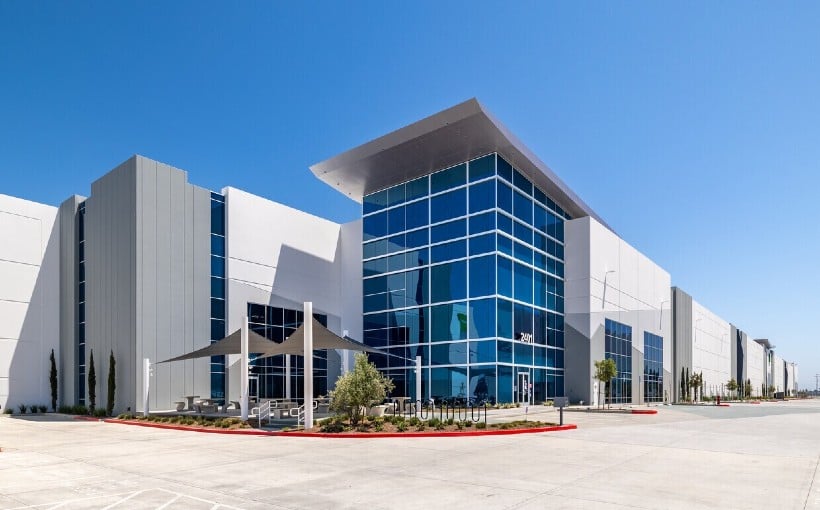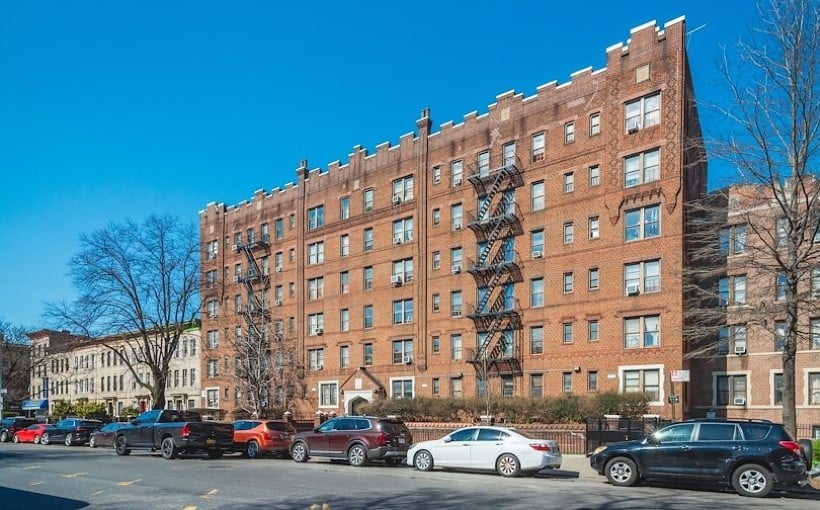Office Building Woes: The Growing Divide Between Prime and Non-Prime Space
The headlines are filled with stories of office buildings facing financial struggles, from foreclosures to discounted sales. However, it’s important to note that the term “office” encompasses a wide range of properties. Recent data from CBRE Research and CBRE Econometric Advisors shows that there is a clear distinction between the performance of prime and non-prime office buildings in the US market.
According to experts:
– In Q1 2024, prime office vacancy rate was at 14.8%, while non-prime space had a vacancy rate of 19.3%.
– From Q1 2020 to Q1 2024, prime buildings saw positive net absorption of 49 million square feet compared to negative net absorption of 170 million square feet for non-prime buildings.
– Due to anticipated demand and preleasing activity in the construction pipeline, it is forecasted that prime vacancy will return back down to its pre-pandemic level (8.2%) by year-end in FY27.
As highly occupied prime space becomes scarce, there may be an overflow demand for next-tier quality buildings – especially those located in vibrant mixed-use districts.
Occupiers are willing pay more for offices with better workplace experiences as they seek out top talent recruitment opportunities.
Other key findings from this report include:
Quality Matters
CBRE’s latest Office Occupier Sentiment Survey reveals that nearly sixty percent (60%)of participants expressed interest in relocating into higher-quality spaces near public transportation options which can help ease commuting issues while also assisting corporate sustainability goals; furthermore workplace quality matters as occupiers continue adjusting strategies towards flexible working patterns over time .
New Buildings Leasing More Slowly
Despite preference towards premium structures , newer offices have been slower-to-fill due structural & cyclical challenges faced over past four years reducing overall demand . Nonetheless , average vacancies among newly delivered prime buildings (20.6%) were lower than those reported by non-prime properties (24.4%). Markets with more deliveries and tech-specific markets like Austin, Nashville and San Jose tend to be the largest contributors to the prime vacancy rates.
Opportunities for Landlords & Tenants
As availability of prime space tightens, there may be an overflow demand for next-tier quality buildings . The CBRE analysts suggest that these “next level” structures could benefit from added amenities such as top-rated indoor air quality equipment , electric vehicle charging stations , additional parking & bike storage spaces , shared meeting rooms and sustainability features . Meanwhile tenants nearing lease expiration dates who are interested in upgrading should start their search sooner rather than later due declining availability of premium space; this early search could also help lock-in more favorable lease terms and rates according to CBRE experts: “An early search can also help tenants secure better deals.”




